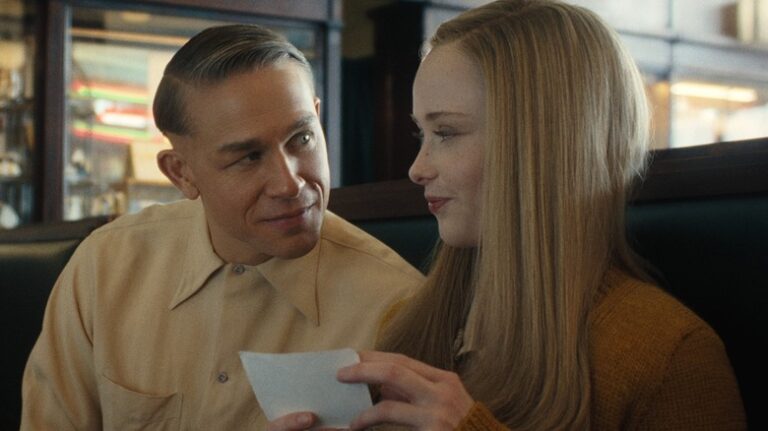The Netflix entry Monster: The Ed Gein Story revisits a notorious figure through a dramatic lens that prioritizes storytelling over strict historical accuracy. It stacks provocative moments atop a meta‑commentary on how true‑crime narratives travel through pop culture, sometimes at the expense of nuance.
Ian Brennan, known for work on Glee and Scream Queens, steers this third chapter in the Monster anthology. While the show aims to illuminate how legends form, some viewers may feel the depiction drifts away from established facts in favor of heightened sensation.
No solid evidence Gein killed two hunters on his land
The series stages a confrontation with two bear hunters who stumble into Gein’s shed, followed by a brutal death. This sequence has no verified basis in historical records. In real life, two men named Victor Travis and Raymond Burgess disappeared in the area, but no proof links Gein to their disappearances or to a chainsaw murder.
Leatherface and other horror predecessors aside, the show’s chainsaw sequence reflects cinematic tradition rather than documented events tied to Gein.
Gein and his brother Henry’s death
A dramatized beat shows Gein killing his brother and staging a brush‑fire accident. The historical record is murkier: Henry Gein vanished during a marsh fire in 1944, was later found, and officials suggested an accidental death or possible asphyxiation. No autopsy confirmed foul play, and later sources emphasize uncertainty rather than a conclusive cause.
Scholarly accounts note that immediate motives remain debated, and the portrayal in the series simplifies a far more ambiguous set of circumstances.
No romantic link between Gein and Bernice Worden
The show portrays a romantic connection between Gein and Bernice Worden, the Plainfield hardware store owner who disappeared in 1957. The historical record records Worden’s disappearance as a tragedy tied to Gein’s crimes, but there is no credible evidence of an intimate relationship between them. The portrayal ventures into sensational territory not supported by verified facts.
In fact, Worden’s death is explained by Gein’s stated motive—her resemblance to his mother—without suggestions of romance.
What the series omits
Beyond these dramatizations, the program leaves out other facets of Gein’s life and context, including the abusive patterns in his family life and the more complex, less sensational details surrounding Adeline Watkins. The omissions push the narrative toward lurid intrigue rather than a fully rounded portrait.
Monster: The Ed Gein Story is currently streaming on Netflix.
Source: Original article



